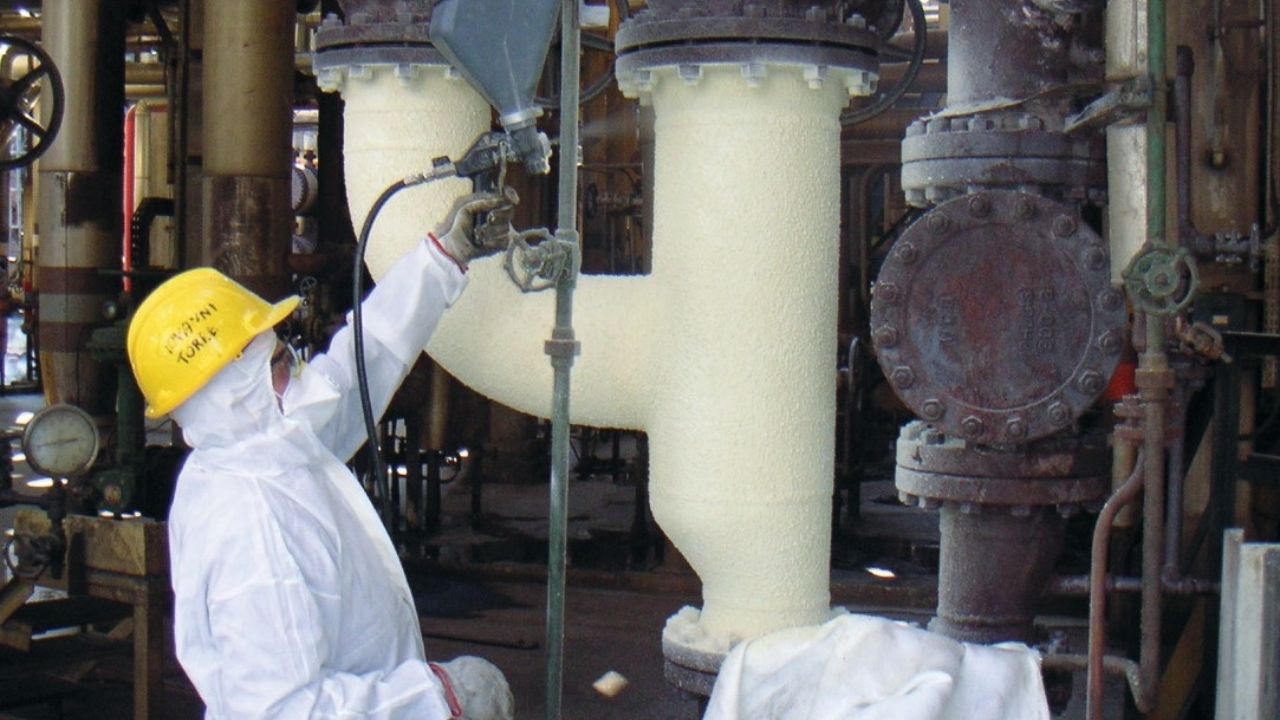Heat is a critical factor in the industrial process; hence, there is a need to protect products and processes from the effects of heat. High-Temperature Insulation Coating (HTIC) has established its-self as central to heat control issues in many industries. This is not a technology of merely ‘protecting from heat’ but enabling and safeguarding ‘functionality’ as well as ‘safety’ and ‘conservation of energy in areas where heat can act as the integrity of materials and the health of individuals.
Below, we explore the diverse applications of high temperature insulation coating, demonstrating its critical role in modern industries.
Revolutionizing High-Temperature Coatings: The Rise of Water-Based Silicone Resin Insulation
Historically, the preparation of Class H coil impregnation paint, designed to resist temperatures up to 180℃, predominantly relied on solvent-based organic silicon resin, utilizing solvents like toluene or xylene.
Traditional approaches have encountered scrutiny due to their role in augmenting the emission of Volatile Organic Compounds (VOCs), leading to environmental degradation and presenting a variety of health hazards to those working with such materials. In response to these growing concerns, the development of water-based high-temperature silicone resin insulating paint marks a notable advancement, meeting the urgent need for environmentally conscious and highly effective coatings.
This cutting-edge approach in the realm of coatings pioneers a movement towards greener industry standards. Leveraging a water-based high-temperature silicone resin emulsion as its foundational building block, this method notably moves away from the use of detrimental solvents. Its distinctive formulation allows it to endure exceedingly high temperatures, from 200℃ to 800℃, setting a new benchmark for performance and sustainability.
Various applications of High-Temperature Insulation Coating
Aerospace and Aviation
In aerospace applications, various parts used in aircraft are exposed to various conditions, such as high temperatures during use and when the space vehicle returns to Earth. HTICs are applied to shield important sections of aircraft and spaceships like the engines and heat shields. These coatings are anti-abrasive and are intended to alleviate thermal conductivity, which can prevent component deterioration and uphold the efficiency of critical parts during heat blasts.
Automotive Industry
Under the hood of a vehicle lies a demanding environment where temperature fluctuations are the norm. HTICs are utilized in components such as exhaust systems, engines, and turbochargers, all of which benefit from thermal barrier coatings that can withstand the high temperatures produced by combustion and friction. HTICs in the automotive industry contribute to increased engine efficiency and longevity, as well as reduced heat-related wear and tear.
Energy Production and Storage
In the energy sector, especially in the production and storage of power, equipment is exposed to high temperatures. The use of HTICs in power plants, including nuclear reactors and solar power facilities, can greatly enhance the thermal stability of components that are critical to energy production. Furthermore, HTICs allow for more efficient energy storage solutions by protecting containment vessels and insulation materials from thermal degradation.
Petrochemical Processing
The petrochemical industry largely depends on the efficiency of heat operation and the resistance of the material. HTICs are used in reactors, pipelines, and other equipment to ensure the integrity of structures under such thermal loads. It has also been established that such coatings offer protection from corrosion as a result of high-temperature chemical reactions; hence, continued operation with minimum downtime and maintenance expenses are achieved.
Electronics and Electrical Components
In the field of electronics, components generate heat during operation and are often packaged in confined spaces, making temperature management essential. HTICs help maintain operational integrity and extend the lifespan of these components by protecting them against the gradual thermal-induced degradation. From circuit boards to heat sinks, HTICs are integral to the reliable performance of electronic devices.
Construction and Building
In construction, HTICs are used to protect steel structures and shield other construction components from the impact of high temperatures, such as fire. They are also commonly used in industrial and commercial air conditioning systems where electrical equipment works at high temperatures so that facilities’ efficiency is maintained and fire hazards are avoided.
Cookware and Domestic Appliances
Finally, HTICs find practical applications in everyday life, such as in non-stick coatings for cookware and insulation for domestic ovens and other appliances. These uses of HTICs improve not only the functionality and efficiency of household products but also their safety by minimizing the risk of burns and fires in domestic settings.
Conclusion
High-Temperature Insulation Coating is a versatile technology with far-reaching applications. It addresses a universal need across various industries—to protect materials and components from excessive heat. The use of HTICs translates into improved product performance, enhanced safety, and increased durability. As materials science continues to evolve, we can expect to see even broader uses and more sophisticated forms of HTICs responding to the dynamic challenges of heat management in the future.


